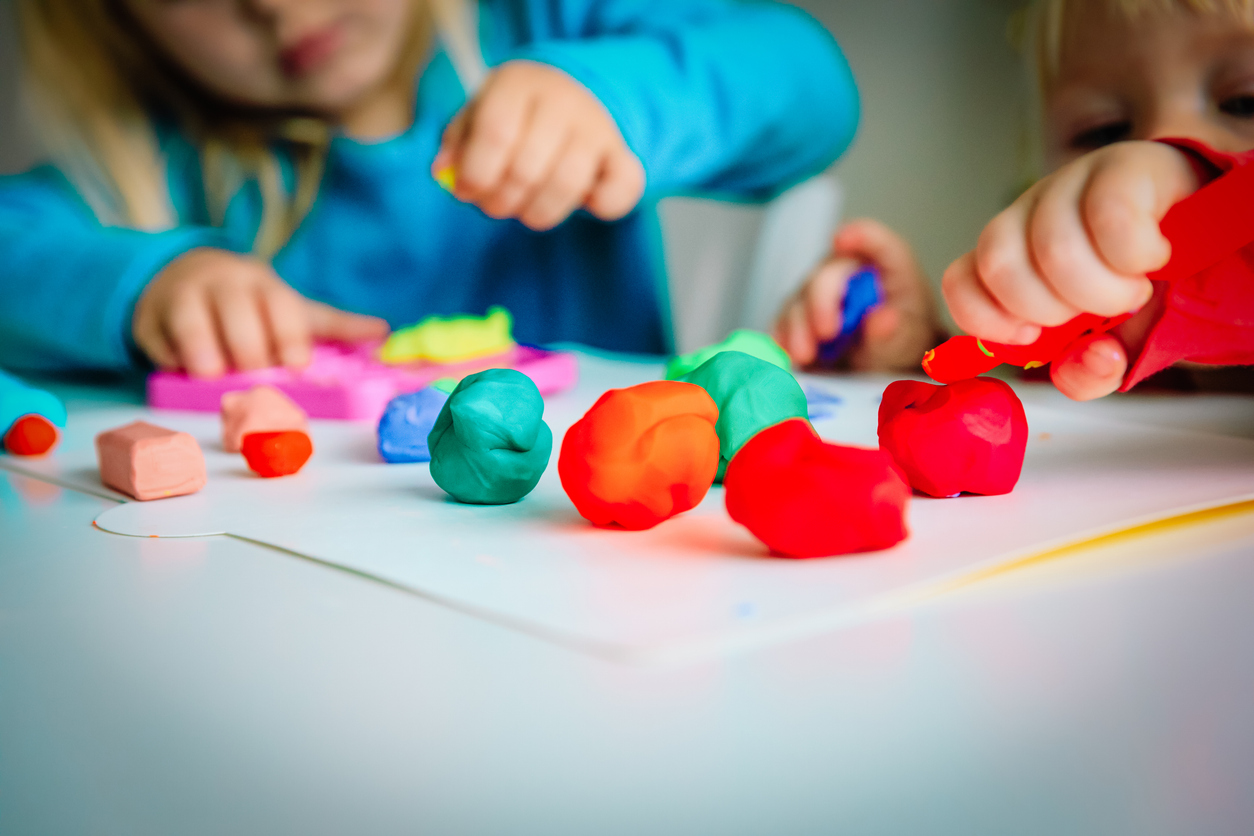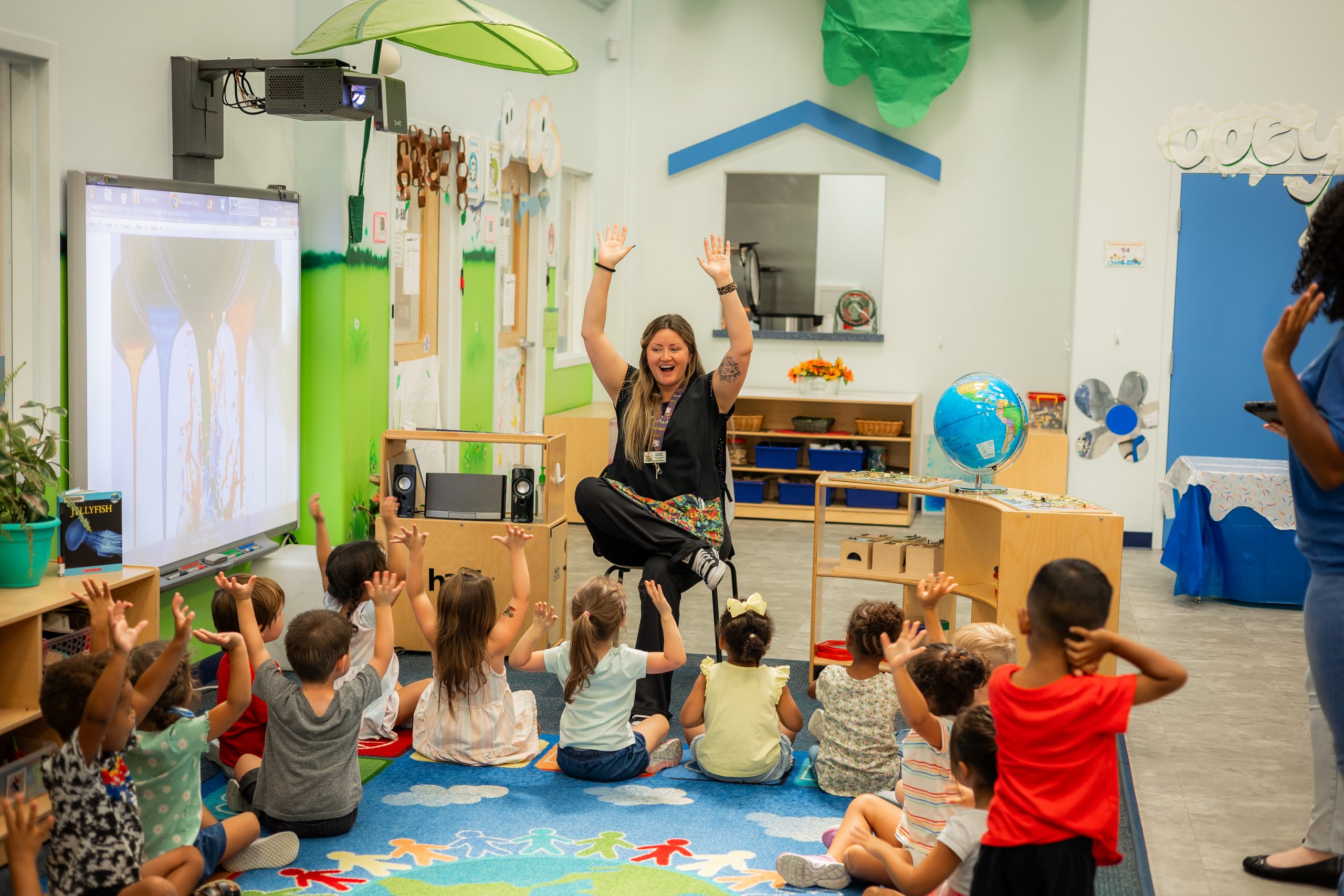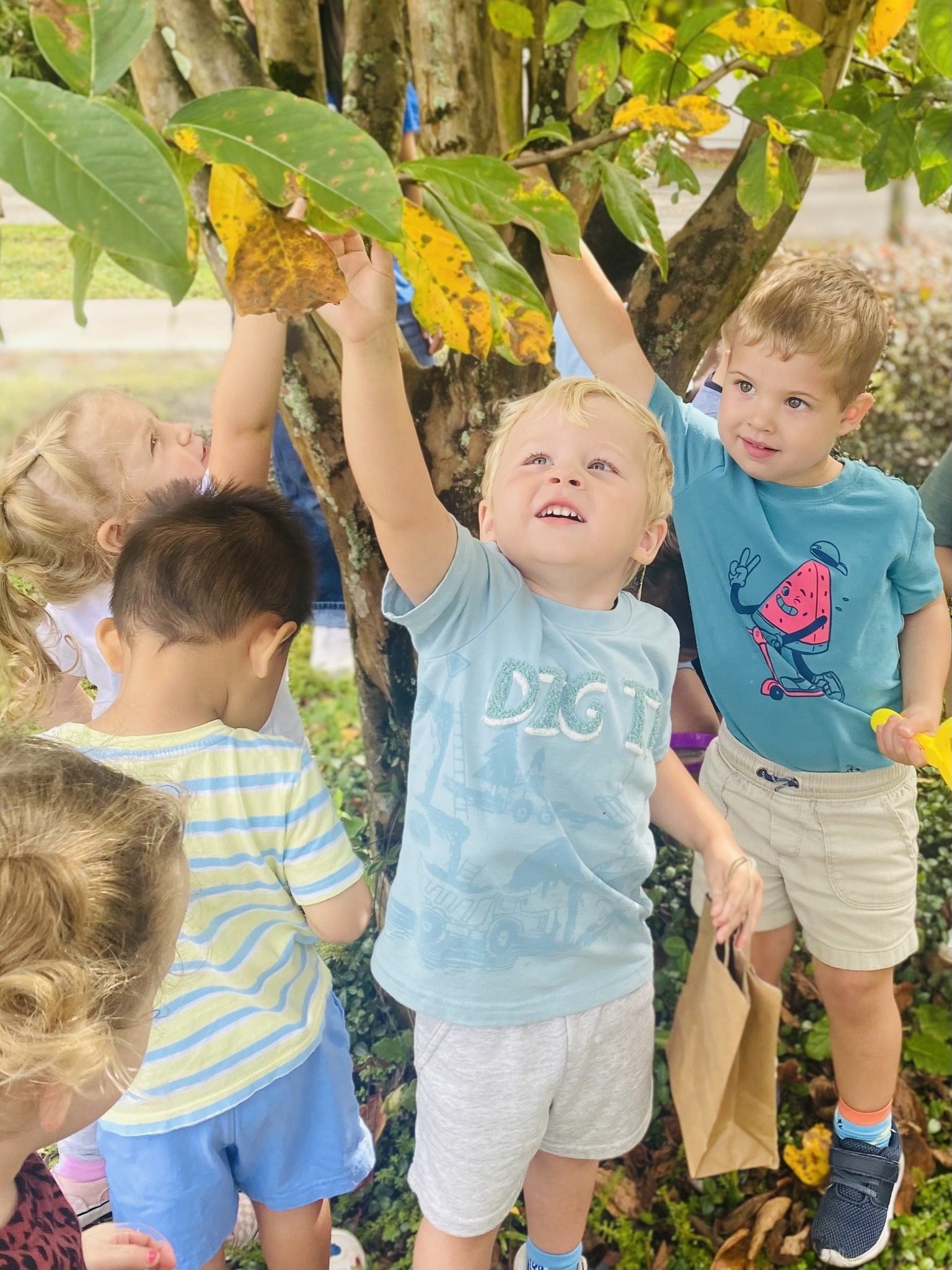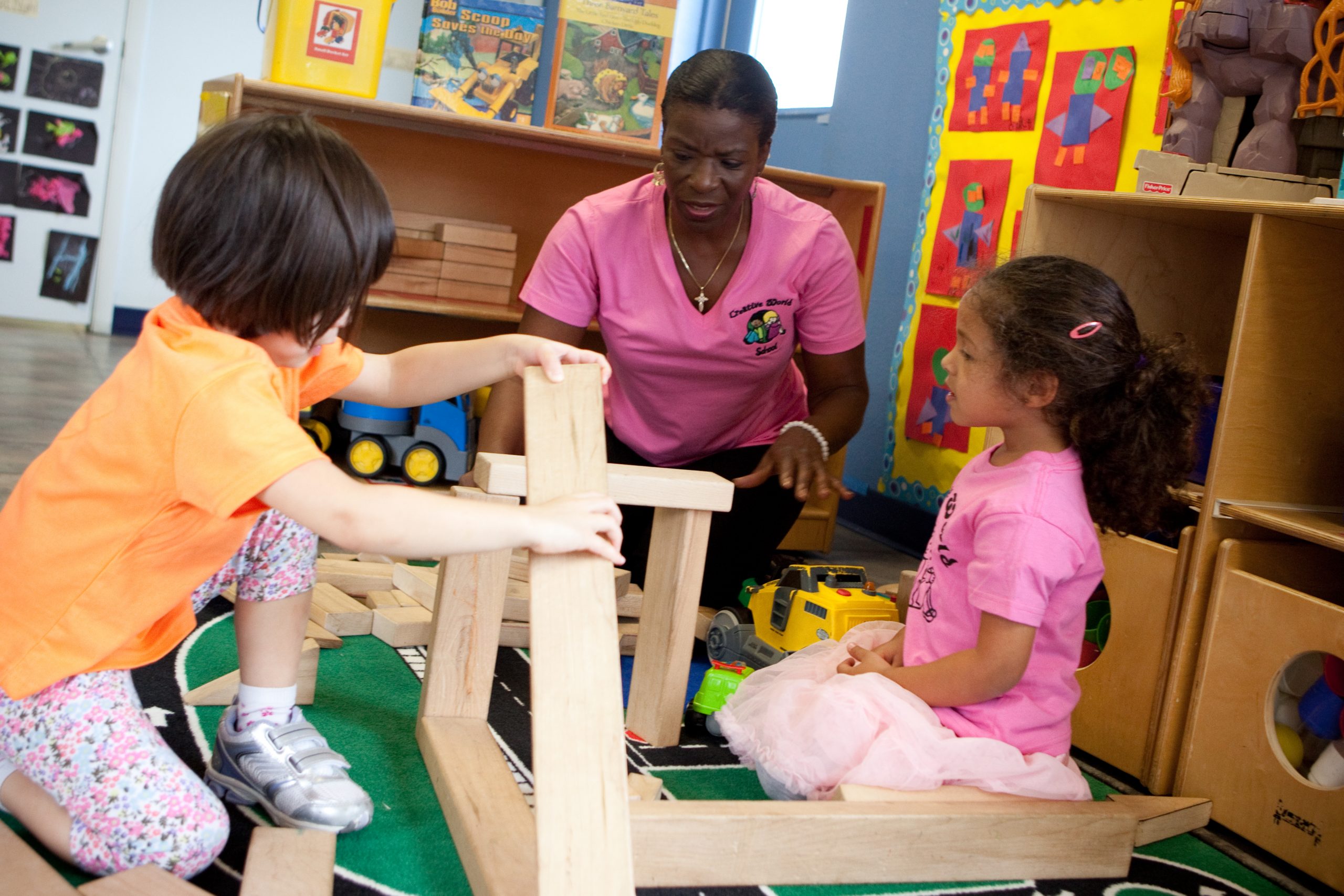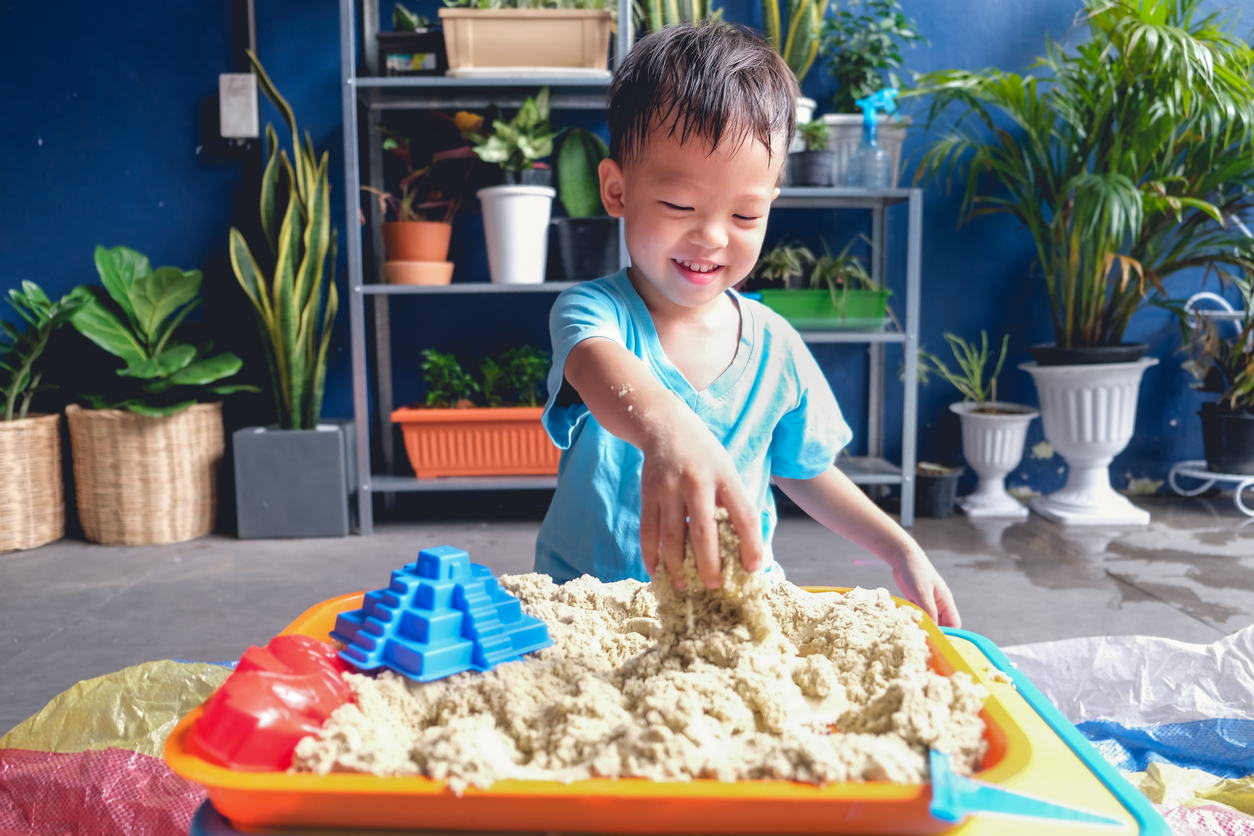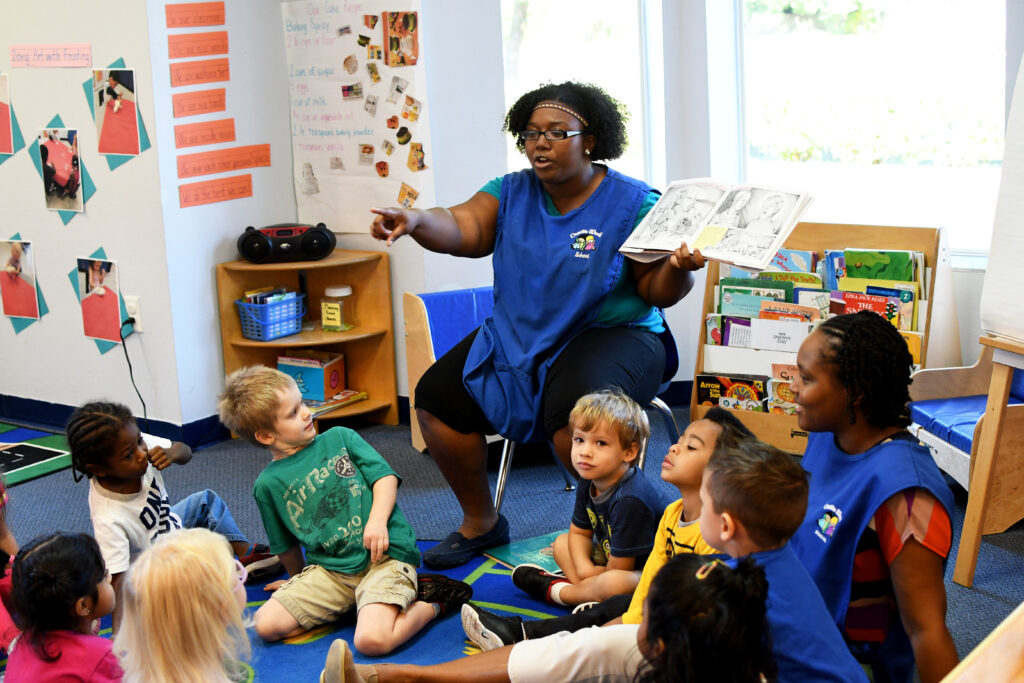
How to Foster Language Growth in Your Child
Creative world school Apr 7, 2025Picture this: Your preschooler giggles as they describe a rainbow as “sky glitter” or confidently asks, “Why do stars twinkle?” These moments aren’t just adorable—they’re proof of their blossoming language skills. Language growth is the magic thread weaving together your child’s ability to connect, learn, and navigate the world. Whether your 3-year-old is mastering “please” and “thank you” or your 5-year-old is spinning tales about dinosaur adventures, this guide will help you transform everyday moments into opportunities for growth. Let’s dive into playful strategies, must-read books, and expert tips to turn your home into a language-rich playground.
Why Early Language Skills Matter—And How to Cultivate Them
Language development in preschoolers lays the groundwork for social connections, emotional intelligence, and academic success. By age three, most kids can string together simple sentences (“I want juice!”), and by five, they’re often crafting mini-stories (“The dragon hid under my bed!”). These stages, as reflected in the CDC’s milestones, aren’t just about words—they’re building blocks for empathy, problem-solving, and creativity. The secret? You’re already doing it! Describing the “crunchy” leaves during a walk or asking, “How do you think the caterpillar feels?” during storytime plants seeds for growth. These interactions wire young brains for lifelong learning.
Must-Read Books to Ignite Language Development
Parent Guides for Skill-Building:
- The Read-Aloud Handbook by Jim Trelease – Transform storytime into a vocabulary-boosting ritual with this classic guide.
- Thirty Million Words by Dana Suskind – Discover how daily chats can shape IQ and resilience.
- It Takes Two to Talk by Elaine Weitzman – Lifelines for parents navigating speech delays, backed by speech therapy pros.
Children’s Books That Spark Conversation:
- Brown Bear, Brown Bear, What Do You See? by Bill Martin Jr. – Rhythmic repetition that turns toddlers into eager participants.
- Dragons Love Tacos by Adam Rubin– Silly questions (“What happens if dragons eat salsa?”) = instant conversation starters.
- Last Stop on Market Street by Matt de la Peña– Lyrical storytelling that celebrates diversity and sparks “why” discussions.
- The Very Hungry Caterpillar by Eric Carle– A tasty way to explore sequencing and food vocabulary.
- Jabari Jumps by Gaia Cornwall– A gentle nudge to talk about bravery and big feelings.
Playful Learning: Turning Everyday Moments into Language Adventures
Playtime isn’t just fun—it’s a secret weapon for language growth. Transform your living room into a bustling pretend café where your child takes orders (“One steaming hot cocoa, please!”) or head outdoors for a scavenger hunt to find “something shiny” or “something rough.” These imaginative activities naturally stretch vocabulary and social skills, as kids describe textures, negotiate roles, and ask questions. For tech-friendly learning, apps like Endless Alphabet add a playful twist to phonics, blending silly animations with word-building games. The key is to keep it joyful; when kids are engaged, they absorb language like sponges.
When to Seek Support—And How to Do It Gracefully
While every child develops at their own pace, certain signs may signal it’s time to seek guidance. If your toddler uses fewer than 50 words by age two, struggles to follow simple directions, or becomes frustrated when communicating, early intervention can make a world of difference. Organizations like the Hanen Centre recommend their “OWL” strategy—Observe, Wait, Listen—to create low-pressure moments for your child to respond. Remember, seeking help isn’t about fixing a problem—it’s about equipping your child with the tools to thrive.
Nurturing your child’s language journey is a rewarding adventure. Embrace the giggles, the mispronounced words, and the insightful questions – they’re all signs of a mind growing and connecting with the world. At Creative World School, we understand the magic of these early communication milestones. Learn how our curriculum fosters essential communication skills through play-based activities and rich social interaction.
Schedule a visit to a Creative World School near you and see language come to life!


